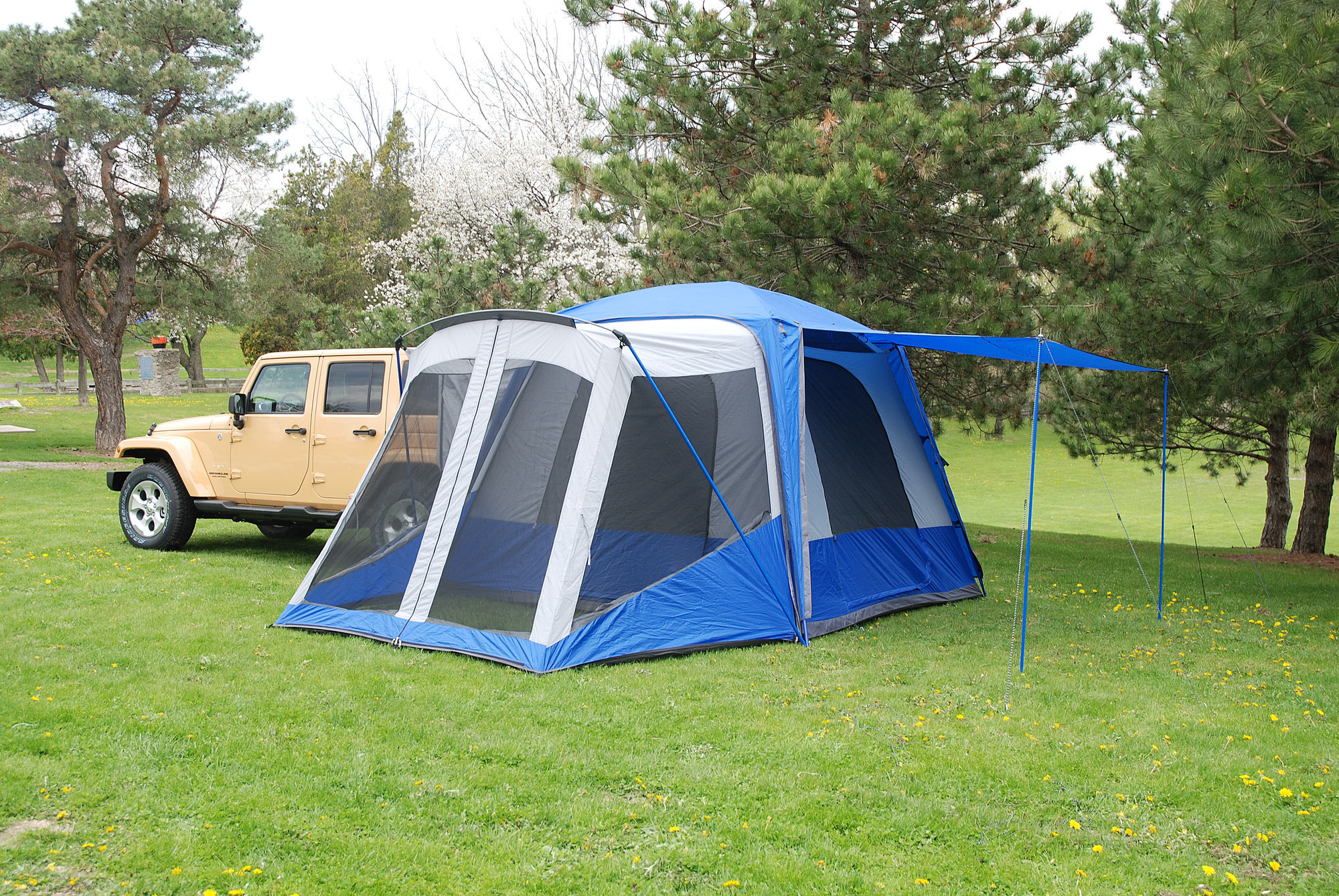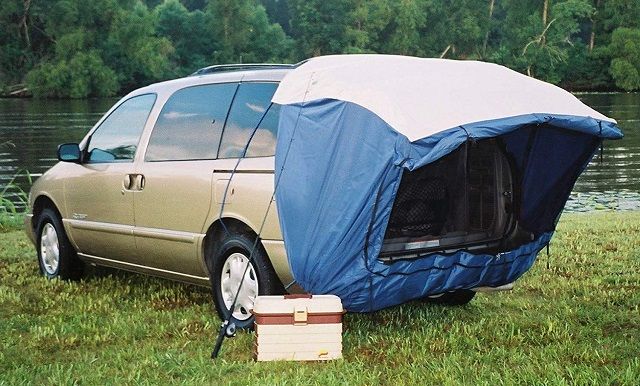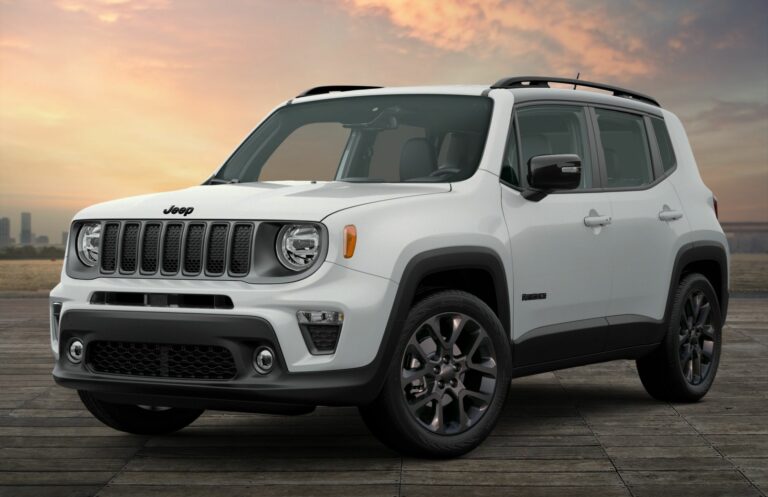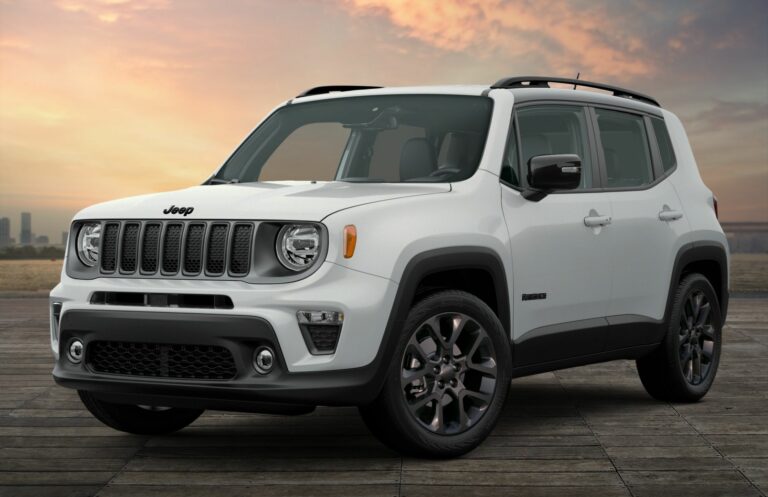Jeep Cherokee Tent: Your Ultimate Mobile Basecamp for Adventure
Jeep Cherokee Tent: Your Ultimate Mobile Basecamp for Adventure jeeps.truckstrend.com
The open road beckons, and for many, the spirit of adventure is intrinsically linked with the iconic Jeep Cherokee. Renowned for its off-road prowess and versatile utility, the Cherokee is a natural companion for outdoor enthusiasts. But what if your vehicle could seamlessly transform into a comfortable, secure, and spacious living quarter at the end of a long day of exploration? Enter the Jeep Cherokee Tent – an innovative solution that bridges the gap between vehicle and shelter, offering an unparalleled camping experience. More than just a simple tent, it’s an integrated system designed to maximize comfort, convenience, and connection with the wild, turning your rugged SUV into the ultimate mobile basecamp.
Understanding the Jeep Cherokee Tent: What Is It?
Jeep Cherokee Tent: Your Ultimate Mobile Basecamp for Adventure
A Jeep Cherokee Tent is a specialized camping tent designed to integrate directly with your vehicle, typically attaching to the rear hatch or mounted on the roof. Unlike traditional standalone tents, these solutions leverage the inherent benefits of your Cherokee – its interior space, elevated position, and power capabilities – to enhance your outdoor stay. The concept revolves around creating an extended, protected living area that utilizes the vehicle as an integral part of the shelter, offering stability, security, and immediate access to your gear.
There are primarily two main categories of Jeep Cherokee tents:
- SUV Tents (Rear-Hatch Tents): These tents connect to the rear cargo area of your Cherokee, typically sealing around the open liftgate. They expand your usable space significantly, allowing you to walk directly from the tent into your vehicle. This setup often provides a sleeping area within the tent itself or allows for an air mattress to be placed in the cargo area, keeping you off the ground.
- Rooftop Tents (RTTs): Mounted directly onto the roof rack of your Jeep Cherokee, RTTs unfold to provide an elevated sleeping platform. While they don’t integrate with the vehicle’s interior space in the same way as an SUV tent, they offer distinct advantages like quick setup, unparalleled views, and the ability to camp virtually anywhere your Cherokee can park.
Both types transform your Cherokee from a mode of transport into a comfortable, ready-to-deploy shelter, redefining the car camping experience.
The Unrivaled Benefits of Camping with a Jeep Cherokee Tent

Opting for a Jeep Cherokee Tent over a traditional ground tent or even an RV offers a multitude of advantages that cater specifically to the adventurous spirit.
- Enhanced Space & Comfort: By integrating with your Cherokee, these tents often provide significantly more living and sleeping space than a comparable standalone tent. The vehicle’s cargo area can become an extension of your bedroom, a secure storage locker, or a private changing room. This expansive layout allows for comfortable movement, gear organization, and a more relaxed atmosphere.
- Superior Weather Protection: The sealed connection to your vehicle, especially with SUV tents, minimizes drafts and provides an extra layer of insulation against the elements. Rooftop tents elevate you off the cold, damp ground, offering protection from rain runoff and improving airflow. Many models feature robust, waterproof materials and sturdy construction designed to withstand adverse weather conditions.
- Quick & Easy Setup: Compared to pitching a traditional tent, many Jeep Cherokee tents are designed for rapid deployment. SUV tents often involve simply attaching a sleeve to the vehicle and popping up a few poles. Rooftop tents can unfold in minutes. This efficiency means more time enjoying your surroundings and less time struggling with camp setup.
- Security & Storage: Your Jeep acts as a robust, lockable storage unit, keeping valuable gear safe from curious wildlife or opportunistic individuals. Access to the vehicle’s 12V outlets and USB ports also means you can easily power lights, charge devices, or even run a portable fridge, enhancing your comfort and convenience in the wilderness.
- Bug & Critter Protection: Being off the ground (in an RTT) or having a sealed connection to the vehicle (in an SUV tent) significantly reduces the chances of unwanted visitors like insects, snakes, or small critters entering your sleeping quarters. Mesh windows and doors provide excellent ventilation while keeping pests out.
- Versatility for Any Adventure: Whether you’re embarking on an overlanding expedition, a weekend fishing trip, attending a festival, or simply enjoying a quiet night under the stars, a Jeep Cherokee tent adapts. It offers a self-contained solution that’s ready whenever you are, eliminating the need for extensive packing lists for accommodation.

Choosing Your Ideal Jeep Cherokee Tent: Key Considerations

Selecting the perfect Jeep Cherokee Tent requires careful thought to ensure it meets your specific needs and camping style.
- Tent Type (SUV vs. RTT):
- SUV Tents: Ideal if you prefer ground-level access, want to utilize your vehicle’s interior for sleeping or storage, and value the ability to drive away from the campsite while the tent remains standing (some models). They are generally more affordable.
- Rooftop Tents (RTTs): Best for those who prioritize quick setup, elevated views, sleeping above the ground, and do not need to drive their vehicle away from the tent once set up. RTTs are typically more expensive and require a sturdy roof rack.
- Compatibility with Your Cherokee Model: Not all tents fit all Cherokee generations (e.g., XJ, KJ, KL). Always verify the tent’s specifications to ensure it’s compatible with your specific year and trim level, especially for rear-hatch tents that need to seal properly. For RTTs, confirm your roof rack’s weight capacity.
- Capacity: Determine how many people will be sleeping in the tent. Tents are typically rated for 2, 3, 4, or more persons. Consider whether you need extra space for gear or pets.
- Material & Durability: Look for high-quality, weather-resistant materials. Ripstop nylon or heavy-duty polyester with a high denier count (e.g., 210D, 600D) indicates durability. Check the hydrostatic head rating (e.g., 1500mm to 3000mm+) for waterproofness. Aluminum poles are generally lighter and stronger than fiberglass.
- Seasonality:
- 3-Season Tents: Designed for spring, summer, and fall, offering good ventilation and protection from moderate weather.
- 4-Season Tents: Built for harsher conditions, including snow and strong winds, with stronger poles and less mesh.
- Ease of Setup/Takedown: Watch setup videos or read reviews. An intuitive design will save you time and frustration, especially after a long day of adventuring.
- Ventilation: Ample mesh windows and vents are crucial to prevent condensation buildup and ensure comfortable airflow, especially in warmer climates.
- Portability & Storage Size: When packed down, how much space does the tent occupy in your vehicle or garage? Consider its weight, especially for RTTs.
- Additional Features: Look for features like integrated floors, annex rooms (for RTTs), gear lofts, internal pockets, power access ports, and integrated lighting that can enhance your camping experience.
Setting Up Your Jeep Cherokee Tent: A Step-by-Step Guide
While specific steps vary by tent model, here’s a general guide to setting up your Jeep Cherokee Tent:
For SUV Tents (Rear-Hatch):
- Preparation: Choose a relatively level spot. Clear any sharp rocks or debris from the area where the tent will sit. Park your Jeep Cherokee with the rear hatch facing the desired direction.
- Unpack & Lay Out: Remove the tent from its bag and lay it out on the ground behind your Cherokee, orienting it correctly.
- Attach to Vehicle: Open your Jeep’s rear hatch. Slip the tent’s connecting sleeve over the hatch, ensuring a snug fit. Secure it with straps, buckles, or elastic cords as per the tent’s instructions, sealing the connection to prevent drafts and bugs.
- Assemble Poles: Identify the tent poles and connect them. Insert the poles into their designated sleeves or clips on the tent body, gradually raising the tent’s structure.
- Stake & Guy Out: Once the tent is standing, use the provided stakes to secure the tent’s corners and guy lines to the ground. This provides stability, especially in windy conditions.
- Interior Setup: Inflate your air mattress (if using), set up sleeping bags, and organize your gear within the tent and your Cherokee.
For Rooftop Tents (RTTs):
- Mounting (Initial Setup): This is typically a one-time process. Securely mount the RTT to your Jeep Cherokee’s roof rack using the provided hardware. Ensure your roof rack has the static and dynamic weight capacity to support the tent and its occupants.
- Deployment: Once at your campsite, unbuckle the RTT cover. For softshell RTTs, unfold the tent structure, often with the help of a ladder that acts as a lever. For hardshell RTTs, simply unlatch and push up, and the gas struts will assist in opening.
- Ladder & Annex (Optional): Extend the telescopic ladder to the ground. If your RTT has an annex room, attach and set it up below the tent for extra living space.
- Interior Setup: The mattress is usually integrated. Unfold bedding and organize your essentials.
Maintenance and Care for Longevity
Proper care will significantly extend the life of your Jeep Cherokee Tent:
- Cleaning: Spot clean dirt with a soft brush and mild, non-detergent soap. For thorough cleaning, pitch the tent and gently hose it down. Avoid harsh chemicals or machine washing, which can damage waterproof coatings.
- Drying: This is crucial. Always ensure your tent is completely dry before packing it away. Even slight dampness can lead to mildew, which is difficult to remove and damages the fabric. If you must pack it wet, unpack and dry it fully as soon as possible.
- Storage: Store your clean, dry tent in a cool, dry place away from direct sunlight.
- Inspections: Regularly check zippers, seams, poles, and fabric for any signs of wear, tear, or damage.
- Repairs: Carry a small repair kit (fabric patches, seam sealer, pole splint) for quick fixes on the go. Address minor issues promptly to prevent them from becoming larger problems.
Overcoming Common Challenges
Even with the best gear, challenges can arise. Here’s how to tackle them:
- Condensation: Common in sealed tents. Ensure good ventilation by keeping windows cracked (if weather permits) or using the tent’s vents. A small fan can help, as can moisture absorbers.
- Wind & Rain: Proper guying and staking are essential. Choose a sheltered campsite. Ensure your tent’s waterproof rating is sufficient for anticipated weather.
- Uneven Ground: For SUV tents, use leveling blocks under your Jeep’s tires to ensure a flat sleeping surface. RTTs are less affected, but leveling the vehicle still improves comfort.
- Packing Difficulty: Practice makes perfect. Learn the specific folding technique for your tent model. Ensure all air is expelled before rolling or folding.
- Cost: Jeep Cherokee tents, especially RTTs, can be a significant investment. View it as a durable, long-term asset. Look for sales, consider reputable used options, or start with a more budget-friendly SUV tent.
Jeep Cherokee Tent Price Guide
Prices for Jeep Cherokee tents vary widely based on type, capacity, materials, brand, and features. Here’s a general guide:
| Tent Type/Model | Capacity | Estimated Price Range (USD) | Key Features | Ideal For |
|---|---|---|---|---|
| SUV Tents (Rear-Hatch) | ||||
| Entry-Level SUV Tent | 2-3 Person | $150 – $350 | Basic weather protection, easy setup, mesh windows, no floor. | Casual campers, fair-weather use, budget-conscious. |
| Mid-Range SUV Tent | 3-4 Person | $350 – $600 | Durable fabrics, integrated floor, spacious interior, multiple access points. | Weekend warriors, small families, enhanced comfort. |
| Premium SUV Tent | 4-6 Person | $600 – $1000+ | High-quality materials, advanced waterproofing, large vestibule/awning, robust poles. | Extended trips, larger groups, all-season adaptability. |
| Rooftop Tents (RTTs) | ||||
| Softshell RTT (2-Person) | 2 Person | $1,000 – $2,000 | Lightweight, quick deployment, integrated mattress, often includes ladder. | Solo adventurers, couples, good entry into RTT camping. |
| Softshell RTT (3-4 Person) | 3-4 Person | $1,800 – $3,000 | More spacious, annex room options, thicker mattress, heavier duty. | Families, groups, longer expeditions, versatility. |
| Hardshell RTT (2-3 Person) | 2-3 Person | $2,500 – $4,500+ | Ultra-quick setup, superior aerodynamics, extreme durability, better insulation. | Frequent campers, harsh conditions, premium experience. |
| Essential Accessories | ||||
| Jeep Leveling Blocks | N/A | $30 – $80 | Ensures vehicle is level for comfortable sleeping on uneven terrain. | Essential for SUV tents and RTTs on uneven ground. |
| Portable Power Station | N/A | $200 – $1,500+ | Powers devices, lights, mini-fridges independently of vehicle. | Off-grid camping, extended stays, powering electronics. |
| Roof Rack (for RTTs) | N/A | $300 – $1,000+ | Required base for mounting RTTs; ensure adequate weight capacity. | Absolutely necessary for RTT ownership. |
Note: Prices are estimates and can vary based on brand, retailer, sales, and specific features.
Frequently Asked Questions (FAQ)
Q: Will a Jeep Cherokee Tent fit any Cherokee model?
A: Not necessarily. While many SUV tents are designed to be somewhat universal for SUVs, it’s crucial to check the tent’s compatibility with your specific Jeep Cherokee year and generation (e.g., XJ, KJ, KL). Rooftop tents, on the other hand, primarily depend on your roof rack’s weight capacity and dimensions, rather than the specific Cherokee model itself.
Q: How long does it typically take to set up a Jeep Cherokee Tent?
A: Setup times vary. Most SUV tents can be fully pitched in 15-30 minutes once you get the hang of it. Rooftop tents are generally quicker, often taking only 5-10 minutes to unfold and set up after initial mounting.
Q: Can I detach the SUV tent from my Jeep and drive away?
A: Many SUV tent models are designed with a "vehicle sleeve" that can be detached, allowing the tent to stand alone while you drive your Jeep away for day trips or errands. Always check the specific tent model’s features to confirm this capability. Rooftop tents are not designed to be easily detached at the campsite.
Q: Are these tents truly waterproof?
A: High-quality Jeep Cherokee tents are designed to be very waterproof. Look for tents with a high hydrostatic head rating (e.g., 1500mm to 3000mm+), taped seams, and durable, coated fabrics. Proper setup and guying are also essential for maximum water resistance.
Q: Do I need a special roof rack for a rooftop tent?
A: Yes, you will need a sturdy aftermarket roof rack system with a sufficient dynamic and static weight capacity. The dynamic capacity (while driving) must support the tent’s weight, and the static capacity (while parked with occupants inside) must support the combined weight of the tent, people, and gear. Always check your vehicle’s and roof rack’s weight limits.
Q: How do I power devices inside the tent when camping remotely?
A: You can use your Jeep’s 12V outlets or USB ports, though this will drain your car battery. For extended power needs, investing in a portable power station (solar generator) is highly recommended. These units can power lights, charge phones, run small appliances, and be recharged via solar panels or your vehicle’s alternator.
Conclusion
The Jeep Cherokee Tent is more than just a piece of camping gear; it’s an investment in freedom, convenience, and unparalleled outdoor experiences. By seamlessly integrating with your iconic SUV, it transforms your vehicle into a comfortable, secure, and expanded living space, ready to conquer any adventure. From the ease of setup and enhanced weather protection to the added security and expanded comfort, a Cherokee tent elevates your connection with nature, turning every journey into an unforgettable mobile basecamp experience. Embrace the wild with confidence, knowing your home-away-from-home is always just a park away.






